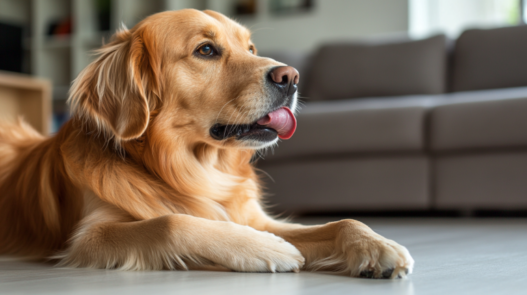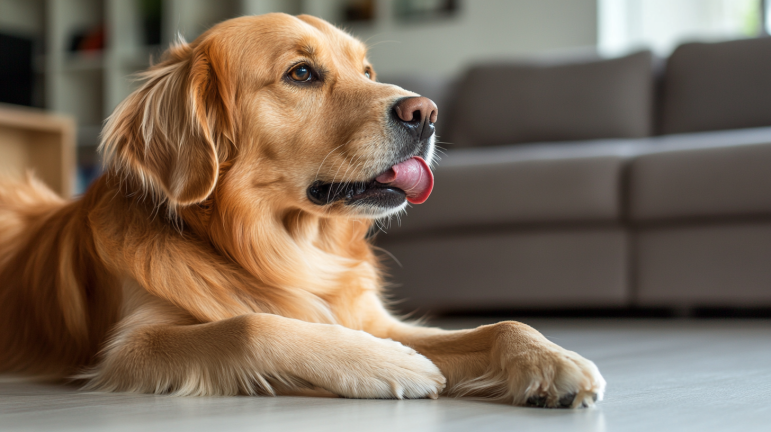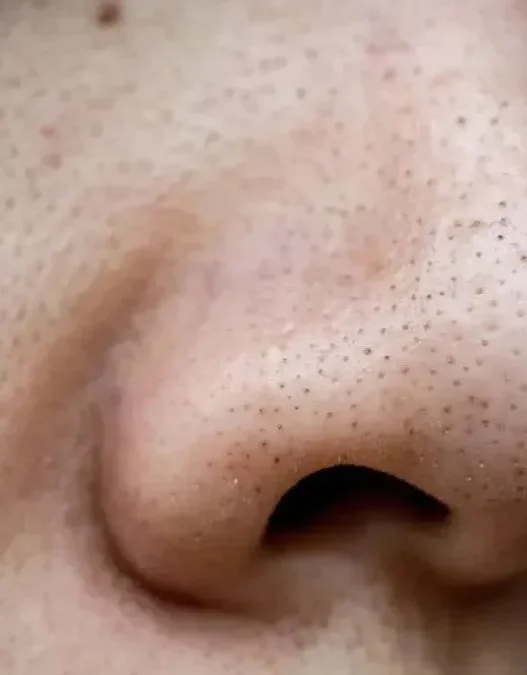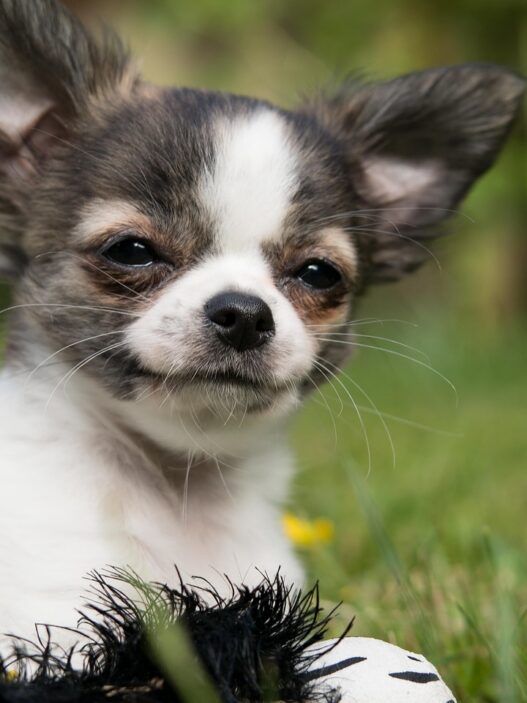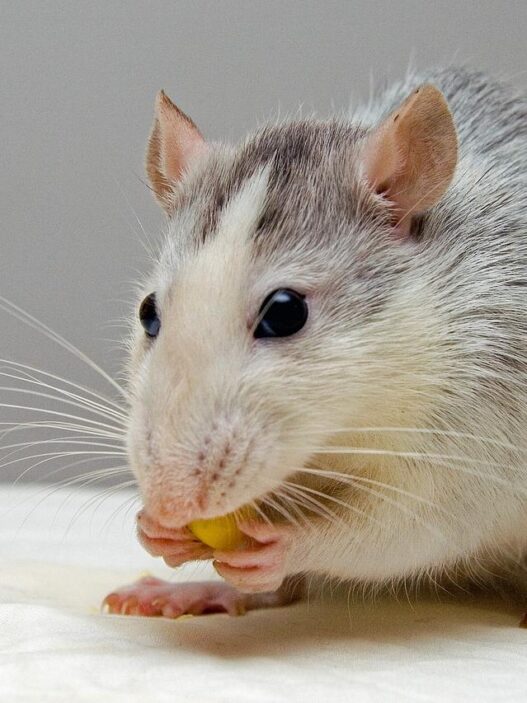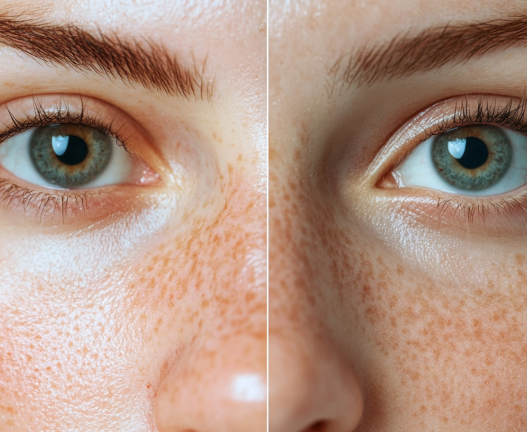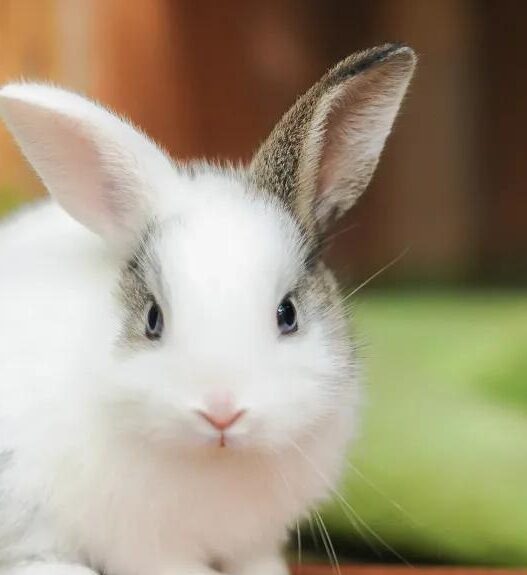Imagine this: Your dog is lounging on the living room floor, seemingly content—except for one thing. They’re constantly licking their paws. It’s not just occasional grooming; it’s frequent, almost obsessive. You’re left wondering, What’s causing this behavior? Is
Let’s dive into this fascinating (and often frustrating) canine habit to uncover the reasons behind it—and more importantly, what you can do to help.
The Science Behind the Lick: What’s Really Going On?
1. Pesky Parasites
Tiny but mighty, parasites are one of the biggest culprits when it comes to paw licking. Fleas, ticks, harvest mites, and various types of mange mites often find the warm spaces between your dog’s toes irresistible.
These intruders cause unbearable itching, prompting your dog to lick for relief. Regular parasite prevention is key here. But remember: not all treatments work for every parasite. Check with your vet to ensure you’re using the right product.
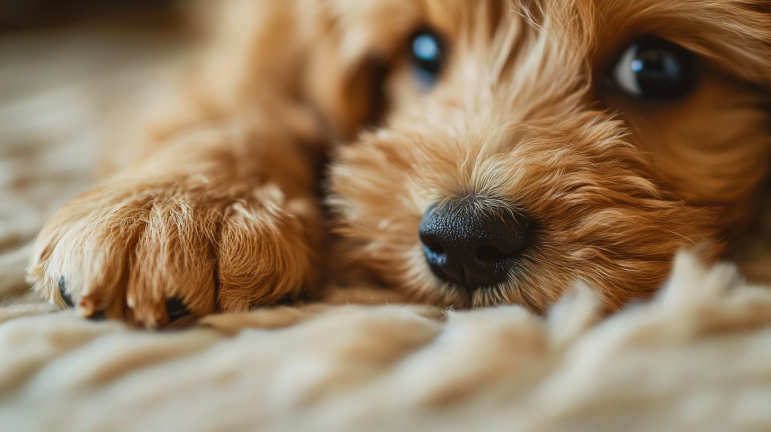
2. Allergies: The Invisible Enemy
From pollen to dust mites and mold, allergies can wreak havoc on your dog’s skin. If your furry friend has a grass pollen allergy, for instance, walking through the park can trigger an intense itch fest. The result? Brownish or rust-colored fur caused by saliva oxidizing in the air.
If you notice this telltale sign, consult your vet about allergy testing and possible treatments to soothe your pup’s itchy feet.
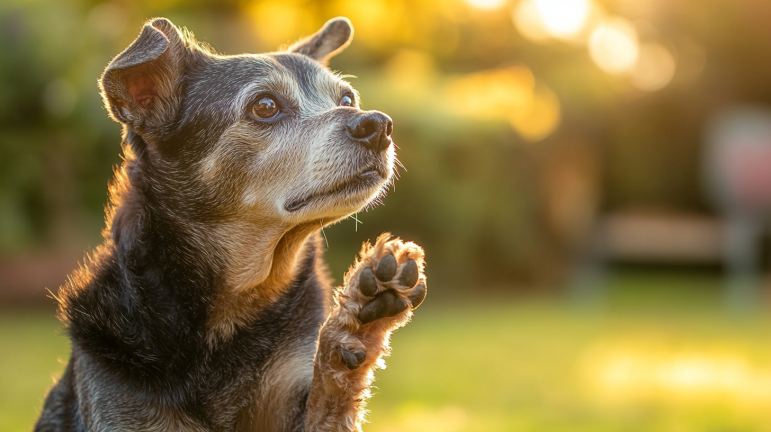
3. Sneaky Infections
Ever had athlete’s foot? That maddening itch is nothing compared to what your dog feels when a yeast infection takes hold between their toes. Moisture creates the perfect environment for yeast like Malassezia to thrive, leading to inflamed, itchy skin.
If you suspect an infection, don’t delay—seek veterinary advice for antifungal treatments.
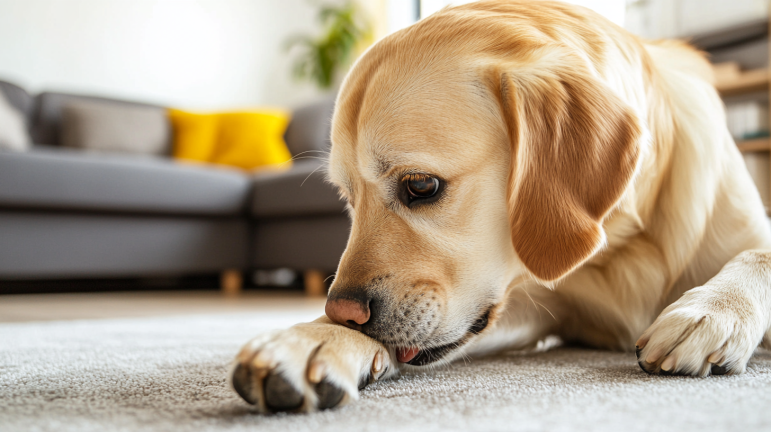
4. Irritants and Chemicals
Household cleaners like bleach or carpet powders may seem harmless, but for your dog, they can be skin irritants. A quick step on a recently cleaned floor might result in hours of licking and discomfort.
Tip: Use pet-safe cleaning products and always wipe your dog’s paws after walks or exposure to chemicals.
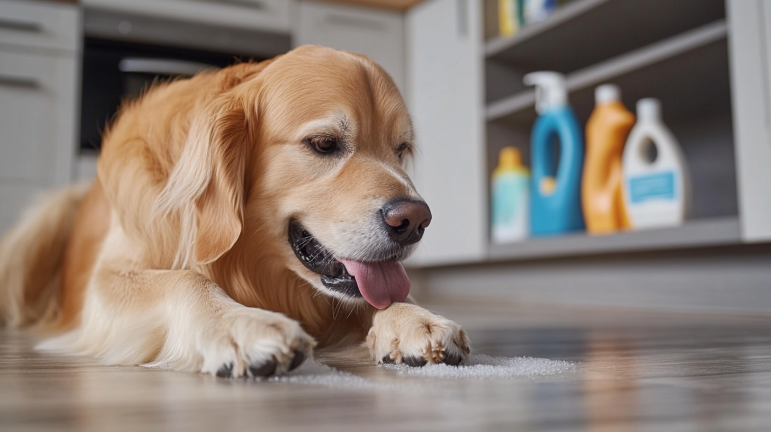
5. Foreign Objects: Nature’s Troublemakers
In the summer, grass awns are notorious for lodging themselves between your dog’s toes. These sharp seeds pierce the skin, creating irritation and sometimes infection. If your dog is focused on one paw, check for redness, swelling, or a small blister—signs that a foreign body might be the issue.
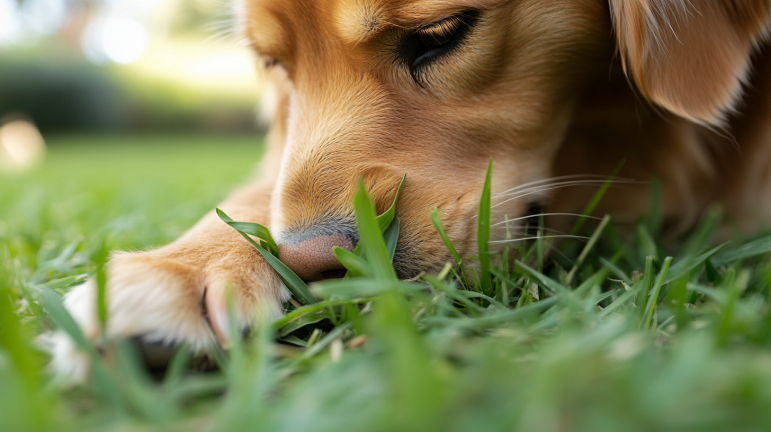
6. Pain or Discomfort
Sometimes, licking isn’t about external factors at all. A dog with arthritis or a sprained joint might lick their paw for comfort, much like how we rub a sore muscle.
Pay attention to limping or unusual behaviors, as these might point to underlying pain.
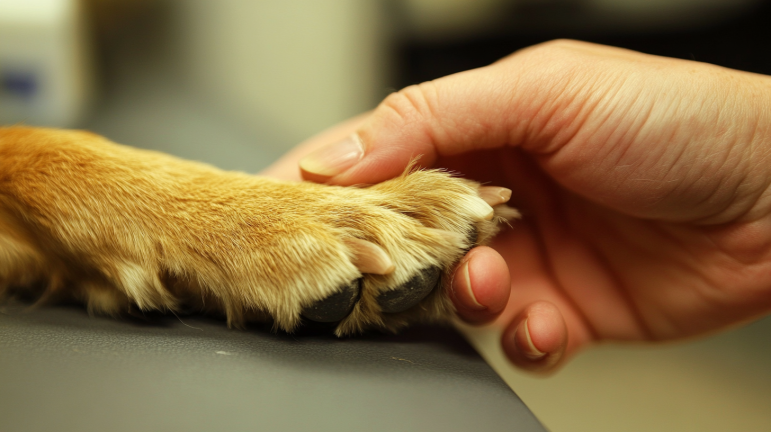
7. Stress or Habit
Like humans biting their nails, dogs can develop licking habits as a way to cope with stress or boredom. Repeated licking releases endorphins, the body’s natural “feel-good” hormones, creating a self-reinforcing cycle.
If you suspect behavioral issues, focus on enriching your dog’s environment with toys, exercise, and mental stimulation.
Breaking the Cycle: How to Help Your Dog Stop Licking
While it’s tempting to try over-the-counter remedies like antihistamines, they rarely offer the long-term relief your dog needs. Instead, start by identifying the root cause.
- Consult Your Vet: They can perform tests to pinpoint allergies, infections, or other medical issues.
- Upgrade Preventative Care: Use vet-recommended flea and tick products consistently.
- Environmental Adjustments: Keep floors and paws clean, especially after walks.
- Stress Management: Keep your dog active and engaged to reduce boredom and anxiety.
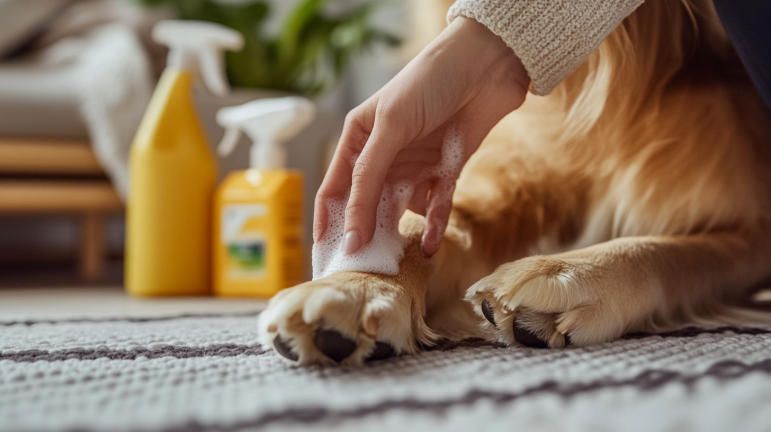
Don’t Ignore the Lick
Paw licking might seem harmless, but it’s often a sign of an underlying issue that deserves attention. Whether it’s parasites, allergies, or behavioral stress, addressing the problem early can save your dog from unnecessary discomfort—and save you from endless worry.
Your furry friend depends on you for care and comfort. With a little investigation and some professional guidance, you can help put an end to the lick and bring relief to your beloved companion.







